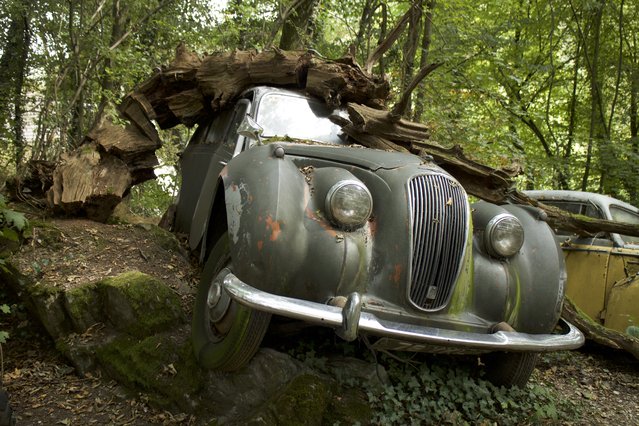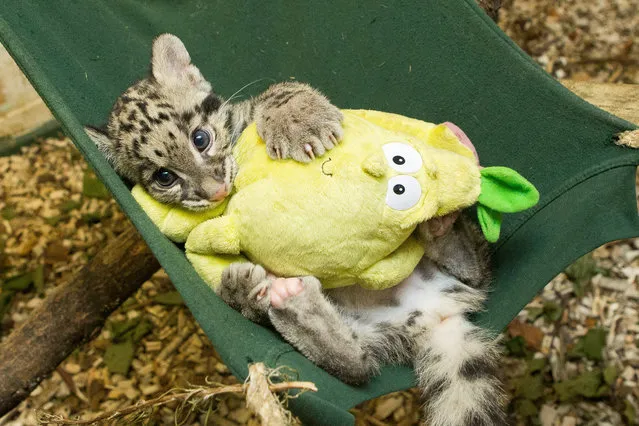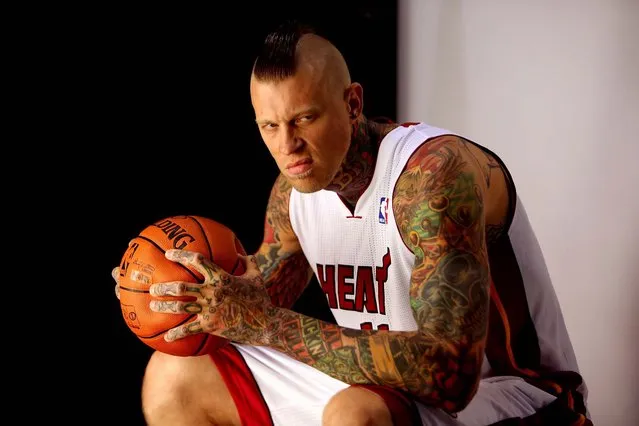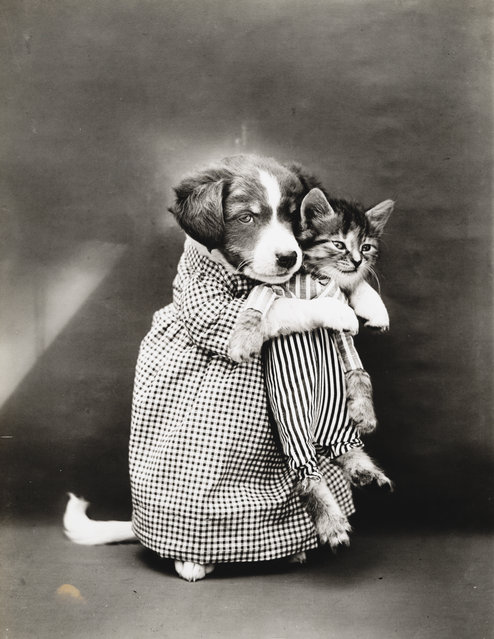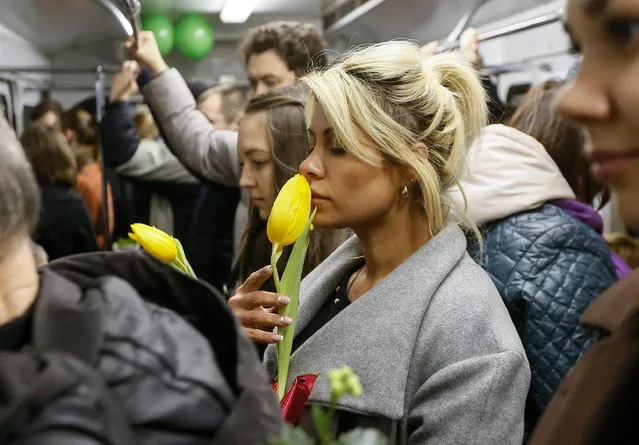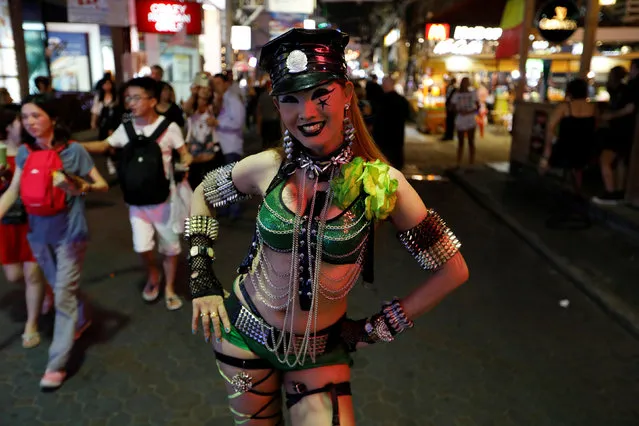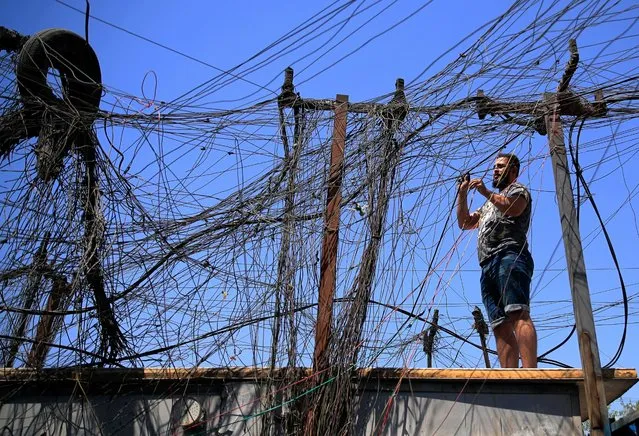
Muqtada Haider turns the switches to transfer electricity to private homes in Baghdad, Iraq, Friday, September 10, 2021. In Iraq, electricity is a potent symbol of endemic corruption, rooted in the country’s sectarian power-sharing system. This contributes to chronic electrical outages of up to 14 hours a day in a major oil-producing nation with plentiful energy resources. (Photo by Hadi Mizban/AP Photo)
29 Sep 2021 08:03:00,post received
0 comments

